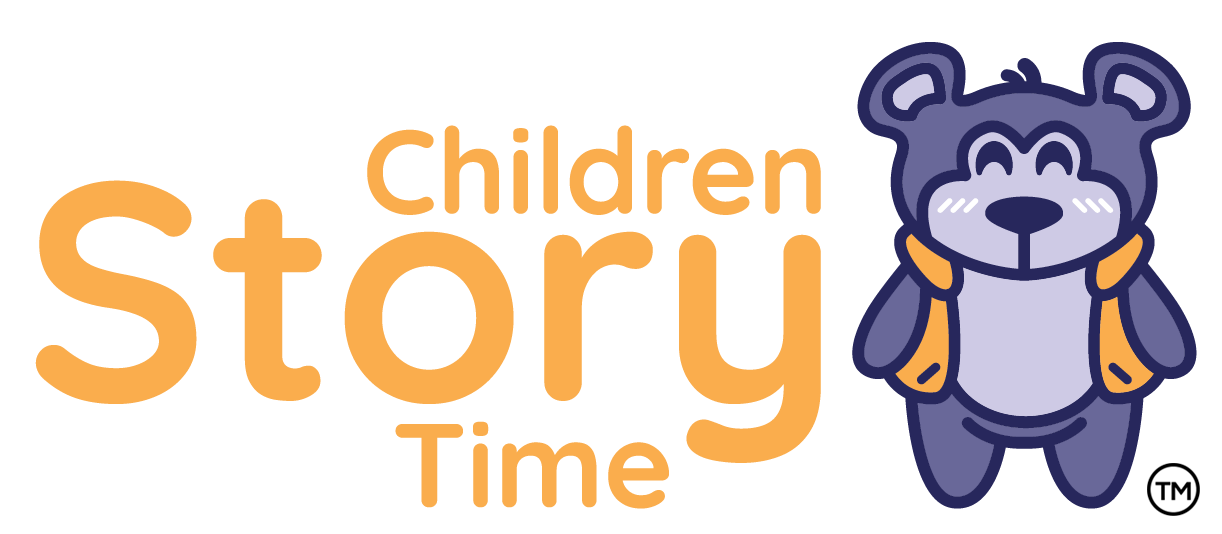Educational Benefits
Skill-based content, immersive gameplay, and exciting stories combine to create a learning tool for kids, parents and teachers.






The Reading Gap
You already know that educational games can improve literacy skills. But did you know that reading stories can create empathy and kindness too?
When you move to a new neighborhood, you might wonder about the quality of the schools. This is a common concern because it has become clear that not all schools and districts are equal. When some students outperform others, it leads to what’s called an “achievement gap.”
The achievement gap is complex and affects the most vulnerable students in the United States. Racial and ethnic minorities, English language learners, students with special needs, and students from low-income households are in danger of slipping behind their peers. Although there are a ton of factors that contribute to the gap, low-income households among the groups most affected by the achievement gap.
How Achievement Is Measured
According to the National Education Association, there are three major ways to measure the achievement gap. One of the most basic ways is through test scores. Starting in elementary school, there is a gap between students’ scores that continues to widen. You can also measure the achievement gap by looking at students’ access to opportunities. These opportunities could include advanced courses, extracurricular activities, or the ability to apply for college. Another way to measure the gap in achievement is to look at the number of students able to get their high school or college degree, as well as those who are able to find a job.
Poverty and Academic Achievement
According to the National Education Association, there are three major ways to measure the achievement gap. One of the most basic ways is through test scores. Starting in elementary school, there is a gap between students’ scores that continues to widen. You can also measure the achievement gap by looking at students’ access to opportunities. These opportunities could include advanced courses, extracurricular activities, or the ability to apply for college. Another way to measure the gap in achievement is to look at the number of students able to get their high school or college degree, as well as those who are able to find a job.
Why is there such a difference between poor students entering kindergarten compared with their classmates? A child’s experience as a baby may have more impact than you might think! In a study about working moms and early childhood, Suzanne Bianchi found, “The movement of women into paid, outside-the-home work should have resulted in declining time investments in children.” Mothers in low-income households may not have the option to stay home with their babies. These early months can have a big impact on the baby’s development.
Another factor may be the home environment. According to a report from the U.S. Department of Education, almost two-thirds of low-income households reported not having any books for children inside the home. Lack of exposure to literature results in less time spent reading. This is one reason students living in poverty might come to school less prepared than their classmates. Pinpointing the exact causes of the achievement gap would be nearly impossible. There are many factors that could impact student performance. What is clear is that it is essential that we take measures to close the achievement gap for students of all ages.





